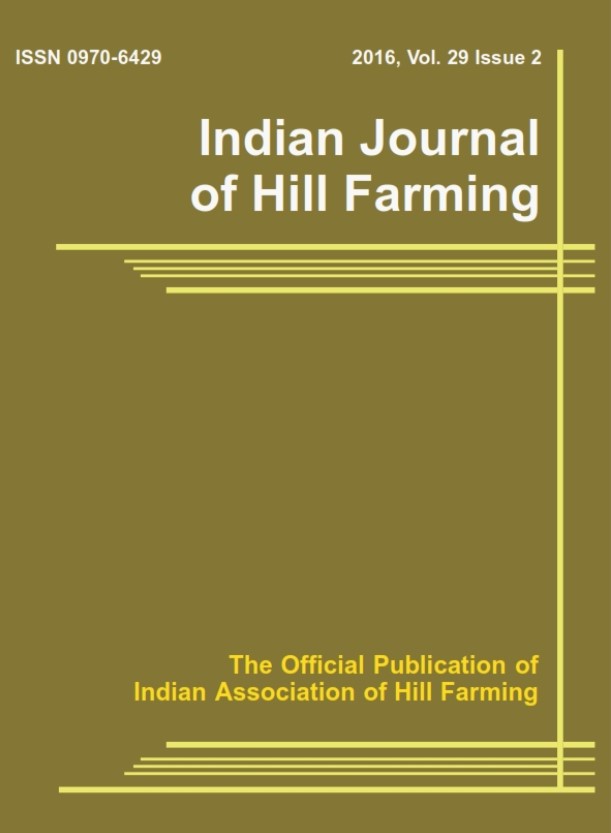Economics of production and marketing behaviour of dairy-farmers of the Himalayan state of Sikkim: A case study of South Sikkim District
Keywords:
Agriculture, Animal, Livelihood, Manure.Abstract
Rural Indians have been breeding dairy cows for thousands of years. It provides a variety of subsistence options for its inhabitants. In addition to meeting their nutritional requirements, dairy farming helps them satisfy their financial obligations. Agriculture provides animals with food and fodder, and cattle provide drought-resistant energy and organic manure for a variety of agricultural uses. A 2011 census found that rural Sikkim has around 74.85% of the total population, whereas urban Sikkim has only 25%. This article examines the state's dairy producers' production and sales practises. Survey of 300 sample families have been carried out in order to acquire a better understanding of the common dairy production and marketing strategies in the South Sikkim district, which is then followed by a descriptive and analytic study. The information is analysed with the help of statistical software such as the Statistical Package for the Social Sciences (SPSS). The conclusions are supported by tables and figures, which are included in addition to the actual conclusions themselves. In order to pick the district and the houses that would be included inside it for the duration of the operation, a random sampling approach was used. In order to provide greater clarity and context, the authors have also reviewed a number of important publications in addition to their own. Following the completion of the research, a number of policy choices have been produced, each of which is based on the limitations that have been found and ranked.




